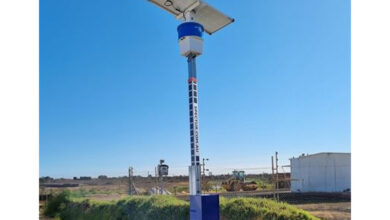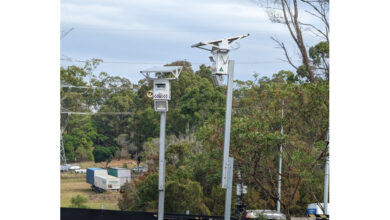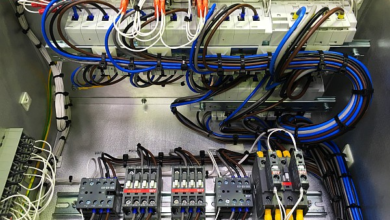Digital Horizons: Redefining Facilities Management Through Innovative Technologies

Introduction
In the contemporary era, facilities management is undergoing a profound transformation propelled by innovative technologies. As we step into the realm of digital horizons, facilities management company are embracing cutting-edge solutions to redefine their operational landscape. This article explores the latest advancements, including Artificial Intelligence (AI), Internet of Things (IoT), and Augmented Reality (AR), and their collective impact on reshaping facilities management practices.
1. The Digital Revolution: A New Era for Facilities Management
Embarking on the journey into digital horizons, this section provides an overview of the digital revolution in facilities management. It discusses the shift from traditional practices to an era where technological innovations play a pivotal role in enhancing efficiency, sustainability, and overall operational effectiveness.
2. Artificial Intelligence: Powering Intelligent Decision-Making
Artificial Intelligence is at the forefront of the digital transformation in facilities management. This section explores how AI algorithms and machine learning models are being deployed to analyze vast datasets, predict maintenance needs, and optimize operational processes, ultimately leading to intelligent decision-making.
3. IoT Integration: Connecting Facilities for Real-Time Insights
The Internet of Things emerges as a cornerstone of the digital era in facilities management. This section delves into how interconnected devices, sensors, and systems within facilities create a network that provides real-time insights. From monitoring equipment health to optimizing energy consumption, IoT integration revolutionizes the way facilities operate.
4. Augmented Reality in Facility Maintenance: Enhancing Efficiency
Augmented Reality is breaking new ground in facility maintenance. This section explores how AR applications enable technicians to access real-time information, visualize complex systems, and receive step-by-step guidance for repairs. AR is transforming maintenance tasks, enhancing efficiency, and reducing downtime.
5. Cloud-Based Facilities Management: Enabling Seamless Collaboration
The adoption of cloud-based solutions is reshaping the infrastructure of facilities management. This section discusses how cloud platforms facilitate seamless collaboration, centralize data storage, and enable real-time access to information. The cloud empowers facilities management teams to work more efficiently, irrespective of physical locations.
6. Robotics and Automation: Streamlining Physical Operations
Robotics and automation are revolutionizing physical operations within facilities. This section explores the use of robots for tasks such as cleaning, security patrols, and routine inspections. By automating repetitive and labor-intensive processes, facilities management companies achieve higher efficiency and cost-effectiveness.
7. Energy Management Systems: Navigating Towards Sustainability
Energy management takes a digital turn with advanced systems designed to optimize consumption and reduce environmental impact. This section discusses how smart energy management systems leverage data analytics and real-time monitoring to enhance energy efficiency, lower costs, and contribute to sustainable operational practices.
8. Facility Security in the Digital Age: Integrating Advanced Solutions
Security within facilities is evolving with the integration of digital solutions. This section explores how facial recognition, biometric access controls, and AI-driven surveillance systems enhance security measures. Digital advancements provide more robust and sophisticated tools for safeguarding facilities and their occupants.
9. Predictive Analytics: Anticipating Needs for Proactive Management
Predictive analytics emerges as a game-changer in facilities management. This section discusses how predictive models analyze historical data to anticipate equipment failures, identify potential issues, and schedule maintenance proactively. By shifting from reactive to proactive management, facilities can minimize disruptions and enhance overall efficiency.
10. User-Centric Smart Spaces: Enhancing Occupant Experience
The digital transformation extends to creating user-centric smart spaces within facilities. This section explores how technology is used to enhance occupant experience through personalized climate control, smart lighting, and interactive interfaces. Digital innovations contribute to creating environments that prioritize the well-being and satisfaction of facility users.
Conclusion
As we conclude our exploration into the digital horizons of facilities management, it becomes evident that technology is not just a tool but a transformative force. The integration of AI, IoT, AR, and other digital solutions is reshaping the industry, fostering unprecedented efficiency, sustainability, and user-centric experiences. Facilities management companies that navigate these digital horizons with agility and innovation are not only optimizing their operations but are also laying the foundation for a future where the built environment seamlessly integrates with the power of technology. The digital age in facilities management is here, and its potential is boundless for those ready to embrace and harness its transformative capabilities.





